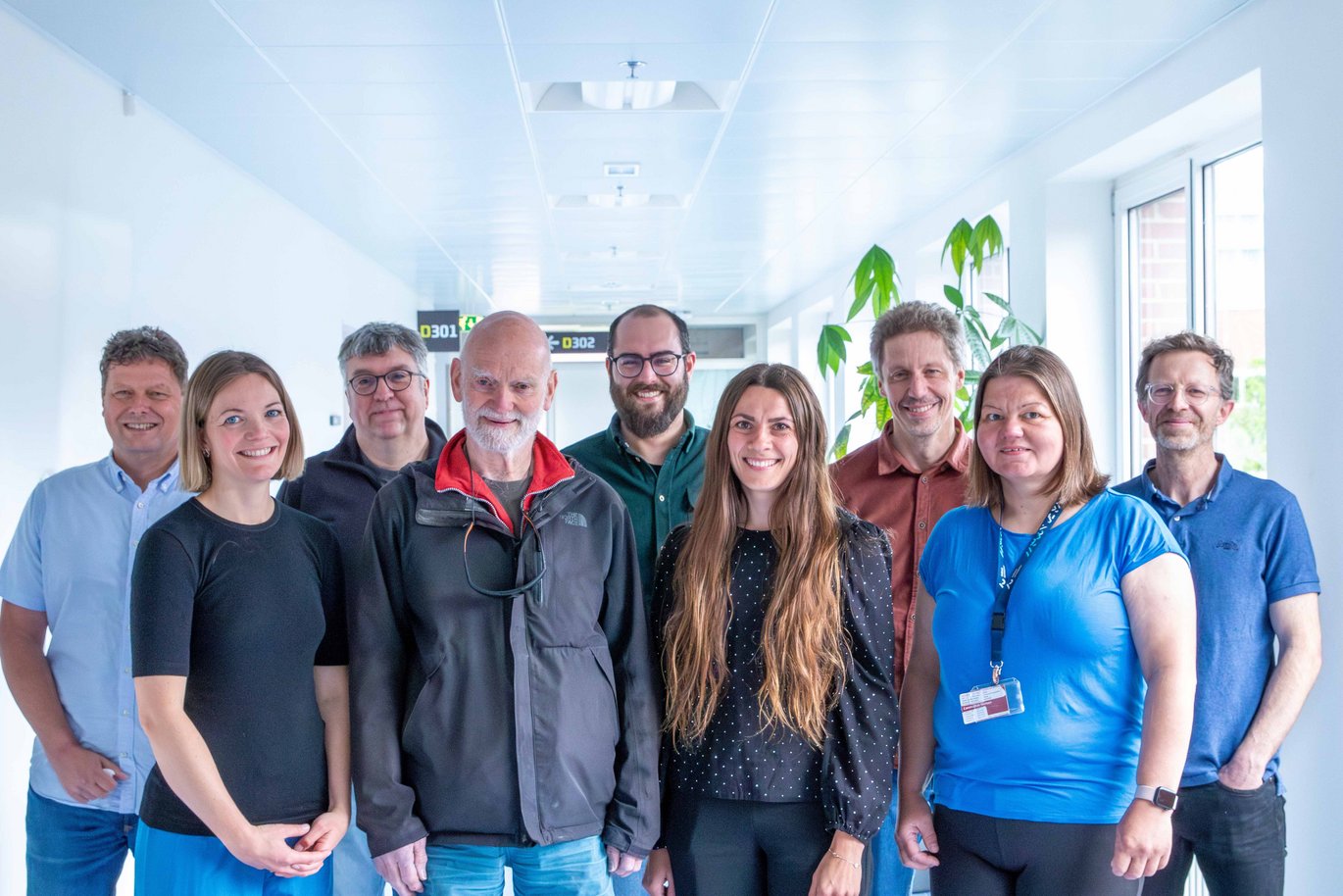Researchers discover reaction linking sugar metabolism and cellular protection
Researchers have uncovered rapid chemical reactions in living cells that may protect the body from damage - a discovery with implications for diabetes and aging.

When we consume foods containing sugar and starch, they are converted into energy in the body's cells through a process called glycolysis.
However, this process has a downside – it produces byproducts that can harm cells and have been linked to diseases such as diabetes and age-related disorders.
Until now, research has primarily focused on the harmful effects of these byproducts. But a new study from the Department of Forensic Medicine at Aarhus University uncovers the mechanistic basis for how these byproducts may also activate the body's own crucial defense mechanisms.
In a study recently published in the scientific journal Nature Chemical Biology, researchers reveal that two reactive byproducts of sugar metabolism – methylglyoxal and its metabolite lactoylglutathione – react with the amino acid cysteine, which occurs naturally in the body.
It happens extremely fast
“These reactions are interesting because they involve cysteine – and unlike the known harmful reactions, they form products that can likely be released from the proteins again. Notably, the reaction with lactoylglutathione proceeds extremely quickly and is therefore expected to play a signaling role in cells,” explains Professor Mogens Johannsen, one of the researchers behind the study.
“In fact, while our study was under review, other articles were published showing that the products of the cysteine reaction actually help the cell adapt and protect itself – a bit like a thermostat that regulates heat as needed,” he adds.
The discovery is particularly noteworthy because methylglyoxal has until now been primarily known for participating in slow, harmful, and irreversible chemical reactions with the amino acid arginine, which may contribute to the development of diabetes and age-related diseases.
May lead to new anti-aging strategies
The study opens the door to entirely new hypotheses about how cells might use these rapid reactions to "sense" dangerous states and activate protective mechanisms. This could influence how we understand – and potentially treat – diseases like diabetes and age-related disorders in the future. In the long run, it may even lead to new strategies in anti-aging.
“We’re excited about this discovery because it follows decades of research focused on slow, damaging reactions. Now we are discovering reactions that proceed at a completely different speed, are reversible, and potentially have signaling or regulatory functions,” says PhD Jakob Hansen, another researcher in the study, which documented the rapid reactions.
The next steps will be to map in greater detail how these reactions and their products contribute to the regulation of the cell's defense systems – and whether the processes can potentially be controlled.
The discovery was made possible by a new advanced form of metabolomics developed at the Department of Forensic Medicine. This method enables identification of reactions between chemical compounds in living cells. The scope of the method goes beyond the current discoveries and is expected to also help uncover how drugs or illicit substances react with the body’s own metabolites – allowing researchers to identify new biomarkers.
Contact
Professor Mogens Johannsen
Aarhus University, Department of Forensic Medicine
Phone: +45 87 16 83 32
Email: mj@forens.au.dk
Behind the research results
- The study is a fundamental chemical-biological metabolism study conducted in cells and animals.
- Collaborators include Professor Thomas B. Poulsen and Associate Professor Dieter Britz, Department of Chemistry, Aarhus University; Associate Professor Jakob Appel Østergaard, Aarhus University Hospital and Professor James J. Galligan, University of Arizona, USA.
- External funding: Ingeborg and Leo Dannin's Grant, Novo Nordisk Foundation, the Graduate School of Health at Aarhus University, and the Danish Diabetes Academy.
- Read the scientific article